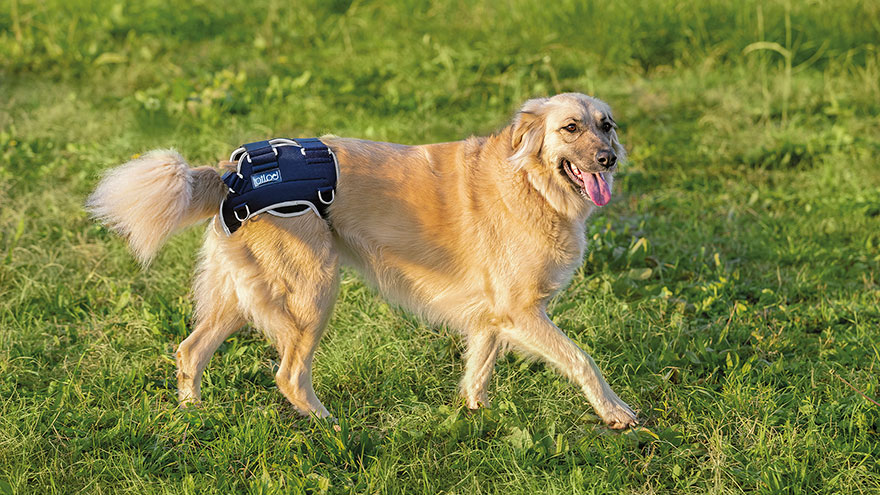Surgery for Hip Dysplasia in Dogs
Canine hip dysplasia is a hereditary condition in which the faulty development of the hip joint causes laxity or looseness in the cartilage in the hip. This can cause the bones of the hip joint to dislocate, which causes a change in the size and shape of the femoral head. Over time, osteoarthritis will develop, which can lead to lameness and pain. There are careful choices for treating hip dysplasia.

Features
Canine hip dysplasia causes joint instability, which leads to partial dislocation of the femoral head. The bones of the femoral head thicken, bone spurs may form and degenerative joint disease occurs. This causes lameness, pain and discomfort when walking and exercising. Hip dysplasia is diagnosed with the presence of clinical symptoms and confirmed by x-rays. Conservative therapies, such as anti-inflammatory medications, are used in mild forms of hip dysplasia. In severe cases, surgery is an option.
Triple Pelvic Ostotomy
Triple pelvic ostotomy (TPO) is a surgery to treat hip dysplasia that is used in puppies under 10 months with severe hip laxity. Typically, at this age, no damage has occurred yet and TPO is performed to prevent damage to the hip joint. This procedure involves breaking the pelvic bone and realigning the femoral head. This is a very expensive and invasive surgery, but is effective in correcting hip dysplasia.
Juvenile Pubic Symphysiodesis
Juvenile pubic symphysiodesis is a less invasive option for puppies younger than 20 months with no signs of arthritis. This surgery corrects the angle of the hips by fusing two pelvic bones together. This allows the other bones to grow correctly. This surgery lessens the chances of the dog developing osteoarthritis.
Hip Replacement Surgery
Hip replacement surgery is performed in older dogs that have chronic hip dysplasia and arthritis is present. It is a very expensive and invasive surgery that involves removing the hip joint and replacing it with an artificial joint. According to Kansas State University College of Veterinary Medicine, 95 percent of dogs that have this surgery will have normal, pain-free functioning as a result. This surgery is ideal for larger breeds of dogs that weigh over 50 lbs.
Femoral Head Excision
In older dogs where total hip replacement is not an option because of the cost, a “salvage” surgery can be performed. In this less-invasive surgery, the head of the femur is replaced. This pseudo-joint allows the dog to increase activity and be relatively free of pain. However, the dog will not have a full rage of motion. This procedure is reserved for dogs that weight less than 40 lbs.
You Might Also Like :: Common Dog Medical Problems

